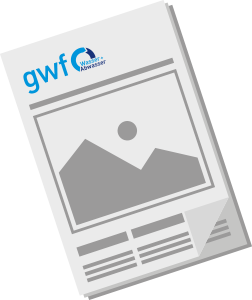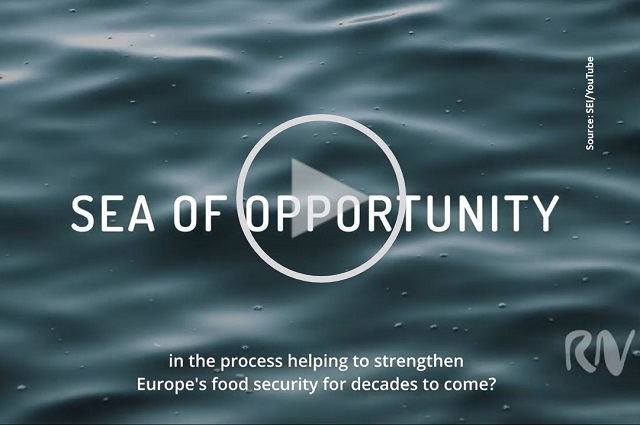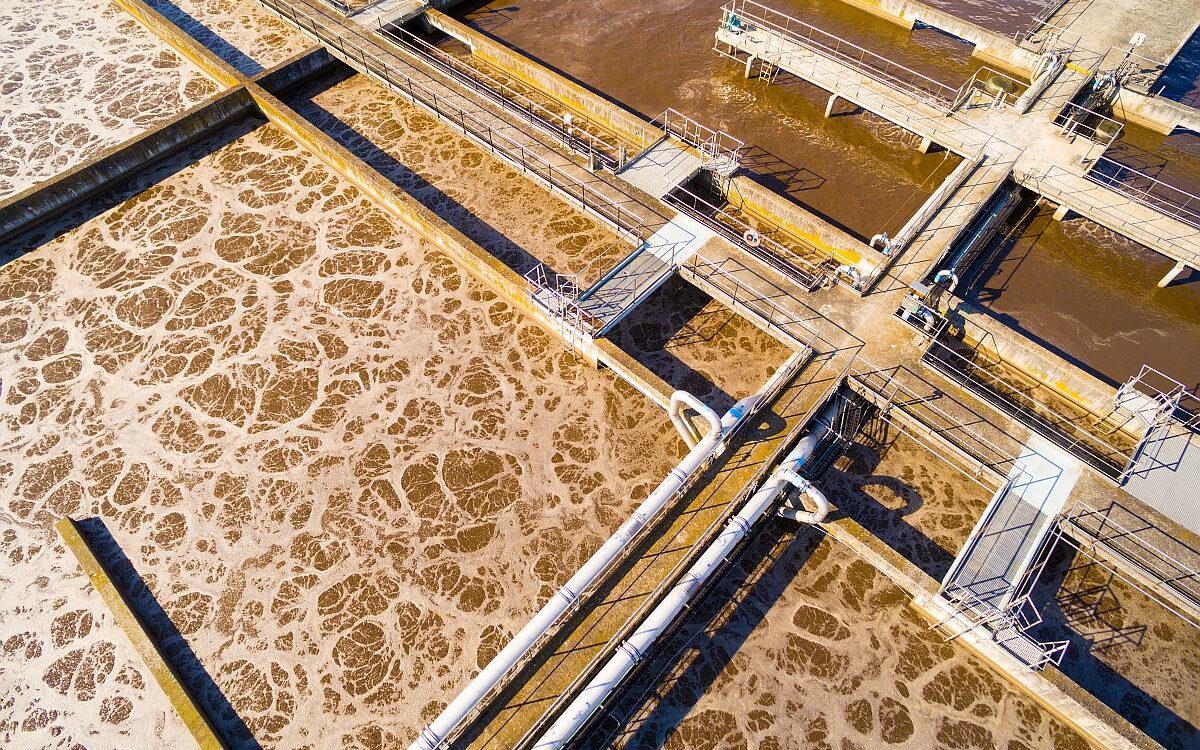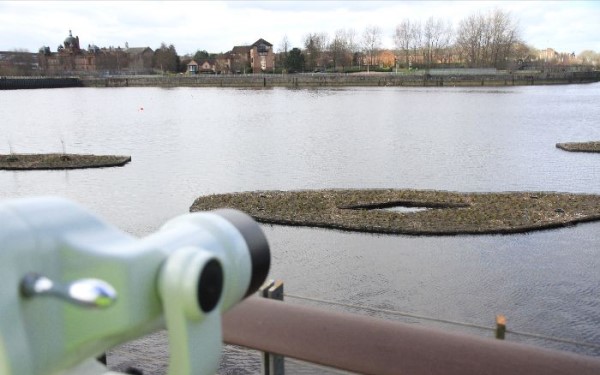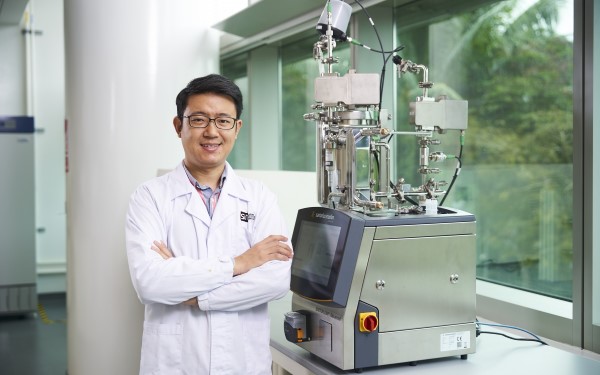Sea of Opportunity showcases three innovative technologies that can recapture phosphorus and nitrogen for reuse in agriculture: BioPhree, from Aquacare in the Netherlands; Ultra from TerraNova in Germany; and Ravita from HSY in Finland. The three were winners of a competition run by BONUS RETURN to identify promising technologies in the EU.
The film, which is shot in the project’s three case study river basins – Vantaanjoki, Finland, Fyrisån, Sweden and Słupia, Poland – also features innovators and sustainability experts discussing what is needed for these technologies, and nutrient recycling more broadly, to take root in the Baltic Sea Region.
"In a nutshell, the film highlights how policy coherence and improved linkages to markets need to fall into place to accelerate a transition to a circular economy for nutrients that are essential to agriculture, but environmentally devastating when they wash off farmland into the Baltic, as they do now," – said Karina Barquet, Project Coordinator for BONUS RETURN and a Research Fellow at Stockholm Environment Institute, which led the production of Sea of Opportunity.
Further information is available at the project’s website.
New documentary on nutrient recovery
Kategorie: Products & Solutions
Autor: Jonas Völker
Das könnte Sie auch interessieren:
Passende Firmen zum Thema:
Publikationen
Sie möchten die gwf Wasser + Abwasser testen
Bestellen Sie Ihr kostenloses Probeheft
Überzeugen Sie sich selbst: Gerne senden wir Ihnen die gwf Wasser + Abwasser kostenlos und unverbindlich zur Probe!
